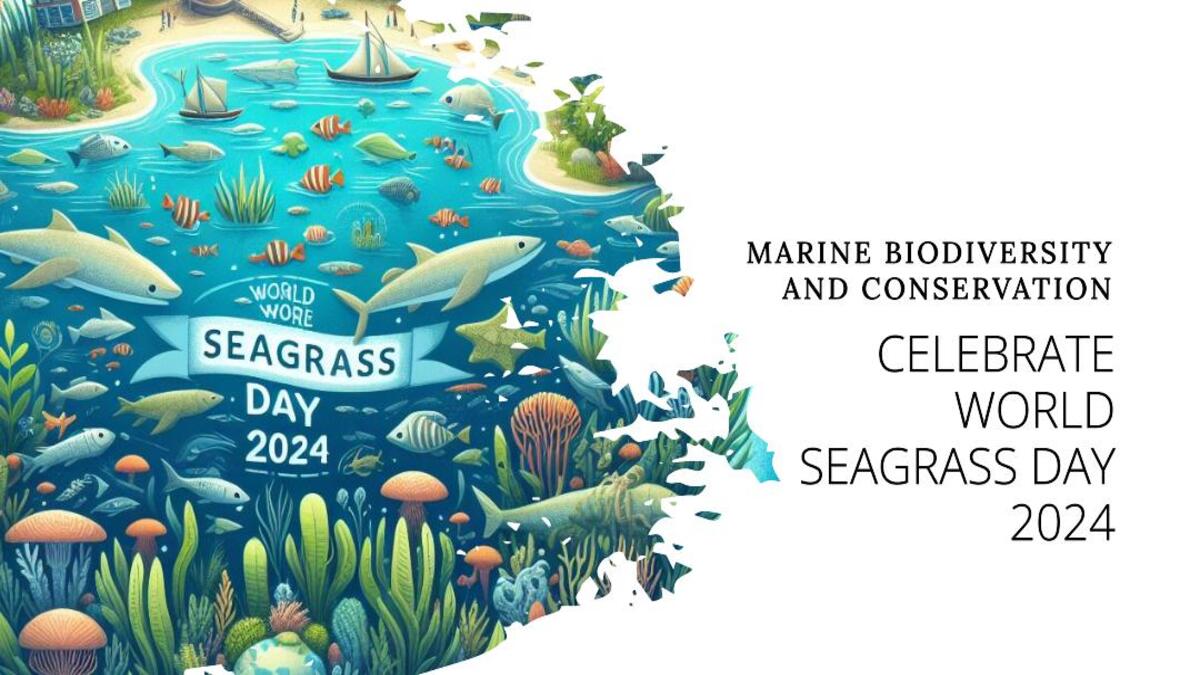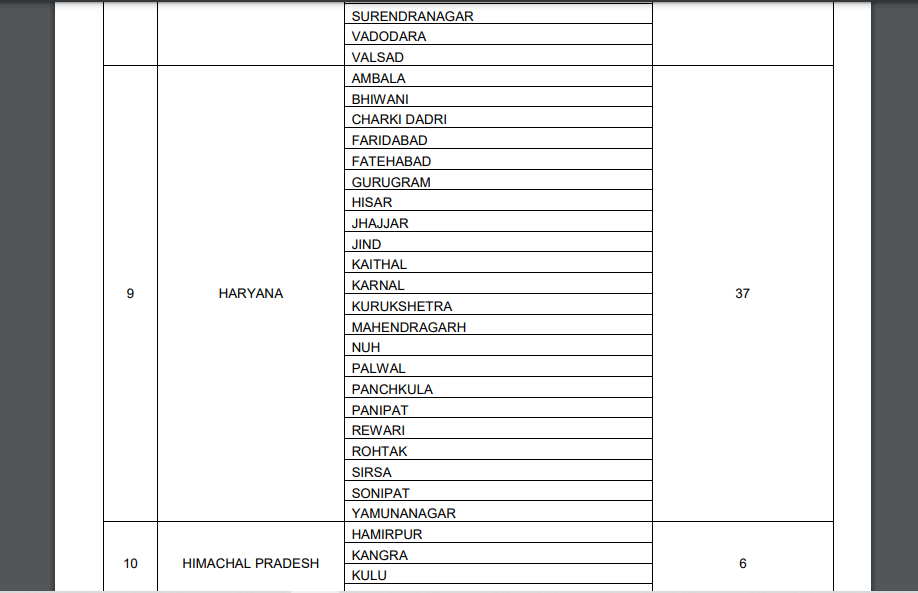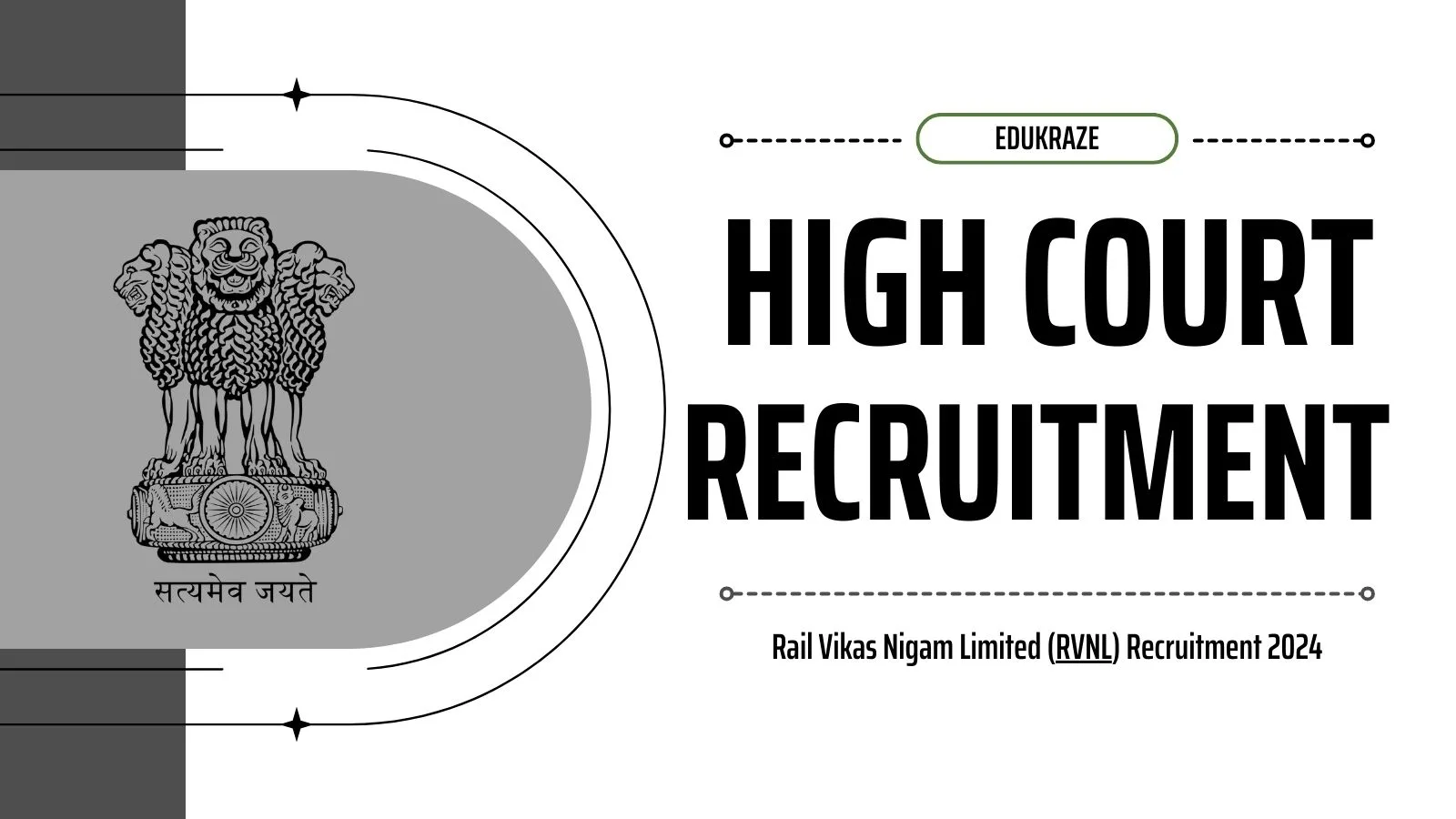Seagrasses, often overlooked but crucial components of marine ecosystems, play a vital role in maintaining biodiversity and supporting coastal communities worldwide. World Seagrass Day, proclaimed by the General Assembly on March 1st, serves as a reminder of the urgent need to conserve and protect these underwater meadows.
World Seagrass Day 2024
Why Seagrass Matters
Seagrasses, marine flowering plants found in shallow waters across the globe, form extensive meadows that provide habitat and sustenance to numerous marine species. Despite covering only 0.1% of the ocean floor, these meadows support a diverse array of life, including fish, seahorses, and turtles, while also serving as nurseries for commercially important fish species.
Beyond biodiversity, seagrasses offer essential ecosystem services. They improve water quality by filtering nutrients and pollutants, thus enhancing the health of surrounding marine environments. Additionally, seagrasses act as efficient carbon sinks, sequestering significant amounts of carbon and helping mitigate climate change impacts.
Challenges and Threats
Despite their ecological importance, seagrass meadows face various threats. Historical trends indicate a global decline in seagrass coverage, with approximately 7% lost annually. This decline is primarily attributed to human activities such as coastal development, pollution, climate change, and unregulated fishing.
Conservation Efforts
Efforts to conserve seagrasses include the establishment of marine protected areas and restoration projects aimed at reversing declines. While global trends point to widespread loss, localized recoveries are observed in areas where human interventions mitigate stressors.
Seagrass in Sustainable Development
Seagrasses contribute significantly to sustainable development goals by providing economic, societal, and environmental benefits. They support fisheries, protect coastlines from erosion and storms, and play a crucial role in carbon sequestration.
Recent Developments and Initiatives
The designation of World Restoration Flagships highlights successful restoration efforts worldwide. Initiatives like the Trinational Atlantic Forest Pact and the Abu Dhabi Marine Restoration project demonstrate the potential for large-scale ecosystem restoration and the importance of international collaboration.
Conclusion
World Seagrass Day underscores the importance of conserving seagrass ecosystems for biodiversity conservation, climate change mitigation, and sustainable development. By recognizing the value of seagrasses and supporting conservation efforts, we can safeguard these vital habitats for future generations.
Frequently Asked Questions (FAQs)
Why is seagrass conservation important?
Seagrass conservation is vital because these ecosystems support a diverse array of marine life, improve water quality, and mitigate climate change impacts.
How can individuals contribute to seagrass conservation?
Individuals can contribute by supporting local conservation initiatives, reducing pollution, and advocating for the protection of seagrass habitats.
What are some success stories in seagrass restoration?
Successful seagrass restoration projects include the Trinational Atlantic Forest Pact and the Abu Dhabi Marine Restoration project, which demonstrate the potential for large-scale ecosystem recovery.
What are the main threats to seagrass ecosystems?
Coastal development, pollution, climate change, and unregulated fishing are among the main threats to seagrass ecosystems, leading to their decline.
How does seagrass conservation contribute to climate change mitigation?
Seagrasses act as efficient carbon sinks, sequestering significant amounts of carbon dioxide from the atmosphere and helping mitigate climate change impacts.
























